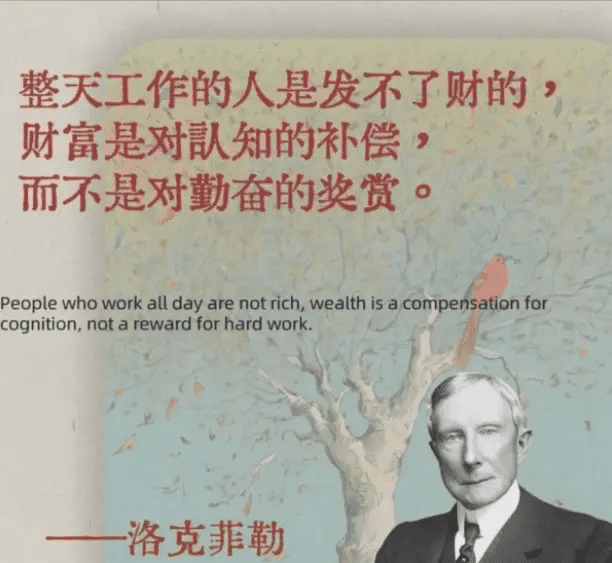That year of the bear market, I lost a full 800,000. I held on during the day, but completely collapsed at night. I cleared my social media, my contacts were silent; no one understood, just me spinning in place.
During that time, I really wanted to give up; I felt that the crypto space was too far from me.
Until one late night, I came across a saying: 'Loss is just the beginning; chaos is the end.'
At that moment, I felt like I was awakened.
I took my last 2000U as my final chip, not to gamble but to completely start over.
I started to review each trade one by one and summarize line by line, only then did I see clearly: Losing money isn't due to bad luck, but because I wasn't 'trading' at all.
No stop-loss, heavy betting, chasing highs and selling lows, frequently changing coins, relying on emotional trading!
To put it bluntly, I am not making strategies; I am guessing sizes.
This time, I will only do two things: maintain rhythm and execute strictly.
Divide 2000U into three parts: one for defense, two for operations.
Only trade in high certainty markets; take 5%-10% profit on each trade, leave when there’s profit, cut losses immediately; if there’s no signal, stay out and wait for opportunities.
In the first week, it rose from 2000U to 2900U.
In the second week, the account reached 4300U.
In the fifth week, the account successfully broke through 20K+.
That night I sat in front of the computer in a daze, not because of how much money I made, but because for the first time I felt: I really began to turn my situation around.
There are no insider news, nor do I have experts to guide me.
It's the simplest rhythm strategy—no impulsiveness, no heavy positions, only trade the markets you can understand.
Most people lose money, and the reason is just one word: chaos.
Rhythm is chaotic, emotions are chaotic, plans are chaotic, and in the end, the more you do, the more you lose.
Actually, as long as you maintain a steady rhythm, small funds can also take off.
How do I select points and judge opportunities specifically? Which markets to trade and which to stay out of.
Here I can only say one thing; the rest really can't be explained, and no one will believe it.
Finally, I want to share a phrase I really like: A person walks fast, but a group can go far.
Six life-and-death lines for retail investors: miss one and you're out.
1. Taking profits and cutting losses is not a suggestion; it's a military order that must be executed.
Seeing the right move but not securing profits is just false joy; seeing the wrong move and not cutting losses is hell opening its doors.
2. Don't catch bottoms or tops; the direction of the trend is what holds value.
Buying the bottom and selling the top is a gambler's behavior; a steady approach is to go with the trend. Low buying is not at the lowest point, and selling does not have to be at the highest; just eating the middle part is enough.
3. An increase without volume is an illusion; looking back is just a pit.
An increase without trading volume support is likely the main force performing for thin air; don’t be the scapegoat for the audience.
4. Respond within three seconds of good news; if you miss the first wave, don't chase the high.
Market opportunities are fleeting; if you're half a beat slow, you can only take over. If you can't grab the leaders, then layout for the catch-up.
5. Take a break during a consolidation market; don’t gamble on the market with luck.
Ninety percent of the time, the market is in consolidation; the main upward wave only occupies a small segment. Don’t rush if you miss the main rise; the market will always come back.
6. A crash is not despair; it's a signal that opportunity is beginning.
The true bottom always appears during the most panicked times. When others are cutting losses, you pick up goods; those who make a fortune are certainly the calm ones.



